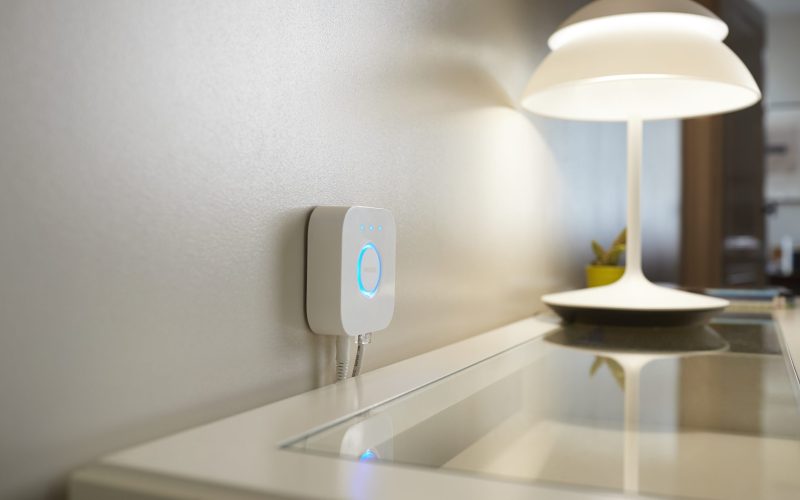THE VOICE FOR THE ENERGY CONSUMER

As activist judges seek to shut down critical energy infrastructure because they dislike the results of often years-long regulatory processes by state and federal agencies, CEA’s Midwest Executive Director Chris.

LANSING, Michigan – Consumer Energy Alliance (CEA), the leading energy and environmental advocate for families and businesses, issued the following comments today after the State of Michigan dropped a lawsuit.

CEA Mid-Atlantic Executive Director Mike Butler examines New Jersey’s Energy Master Plan and the cost implications it will have for consumers and small businesses throughout the state. The cost of.

WASHINGTON, D.C. – Consumer Energy Alliance (CEA), the leading U.S. energy and environmental advocate for families and businesses, issued the following statement in response to the Department of Interior’s interim.

Looking for ways to improve your environmental footprint but still have a merry and bright holiday season? Power up his holiday season with these energy-efficient gift ideas. You’ll be making.

Capitol Hill made headlines today as Congress passed President Biden’s Build Back Better Act. The bill contains legislation related to a wide variety of industries, including energy. While the legislation.

WASHINGTON, D.C. – Consumer Energy Alliance (CEA), the leading North American energy and environmental advocate for families and businesses, expressed concern over aspects of President Biden’s Build Back Better Act.

Shopping for the woman in your life during the holidays doesn’t have to be stressful, especially if she’s environmentally conscious or trying to be. We’ve compiled some of our favorite.

The renewable energy industry is booming and full of thousands of vacant jobs ready for the taking. In fact, the single largest expected demand in jobs is more specifically in.

The renewable energy industry is projected to have a great deal of job growth in the next few years. This is largely because states are passing legislation which mandates the.